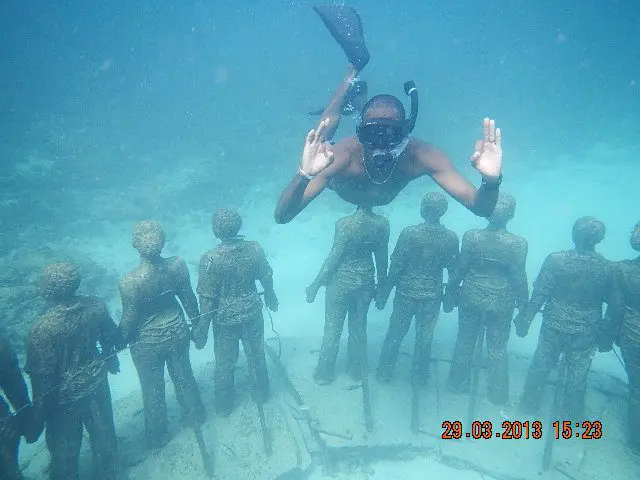We Support
a)The recurrent management of natural resources, protected areas, and biodiversity conservation programs (excluding operations and administrative cost and staff salaries);
b) The implementation of restoration activities;
c) The development of management plans and strategies;
d) The management of habitat and species and protection program (e.g. habitat management, control of invasive species); and
e) Establishment of ecological /threats-based monitoring systems and community- based systems for monitoring.


a) Projects that enhance the resilience of communities and their capacity to adapt to climate change impacts;
b) Initiatives to strengthen key sectors such as fisheries, coastal zone management, to adapt to climate change, and;
c) Small scale renewable energy projects aimed at mitigating climate change
a) Ecotourism entrepreneurs; and
b) Biodiversity conserving products and practices.


a) Ecotourism entrepreneurs; and
b) Biodiversity conserving products and practices. activities that build community awareness and support changed behaviours as it relates to biodiversity and conservation issues such as PA management, climate change and natural resources and biodiversity regulations.
Efforts to strengthening instructional capacity building on relevant topics (e.g. climate change adaptation and mitigation, alternative livelihoods, enforcement, data collection, analyzing and monitoring) including a training program for government and non-government staff.


a) The collection of baseline data on resource use, biodiversity in sites, pollution and water quality, monitoring of restoration sites to develop recommendations for management;
b) Status assessment of local/regional population and health levels of globally threatened species in order to develop appropriate local management recommendations:
c) The review of options for protecting significant biological or habitat areas; and
d) The assessment of options for developing protected corridors between sites.
Efforts to strengthening the legal and policy framework for conservation of ecosystems and protected areas (e.g. gaps in the legal/policy framework for protected areas, visitor regulations and guidelines for ecologically sensitive ecosystem/habitat, and anti-illegal fishing and poaching patrols guidelines).


the procurement of small infrastructure, materials and supplies related to specific natural resources and biodiversity management projects.

